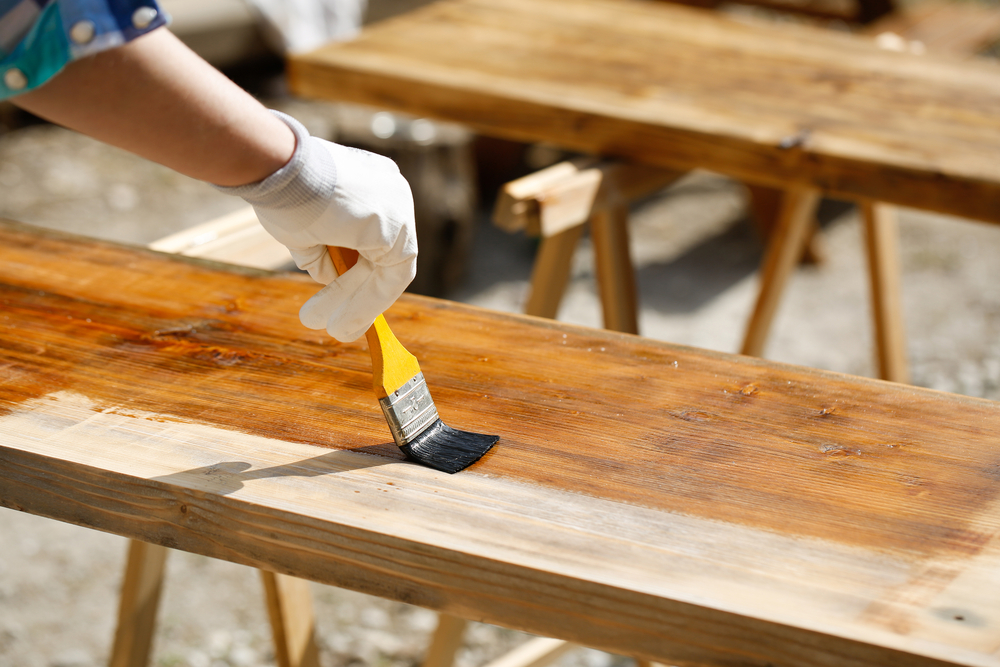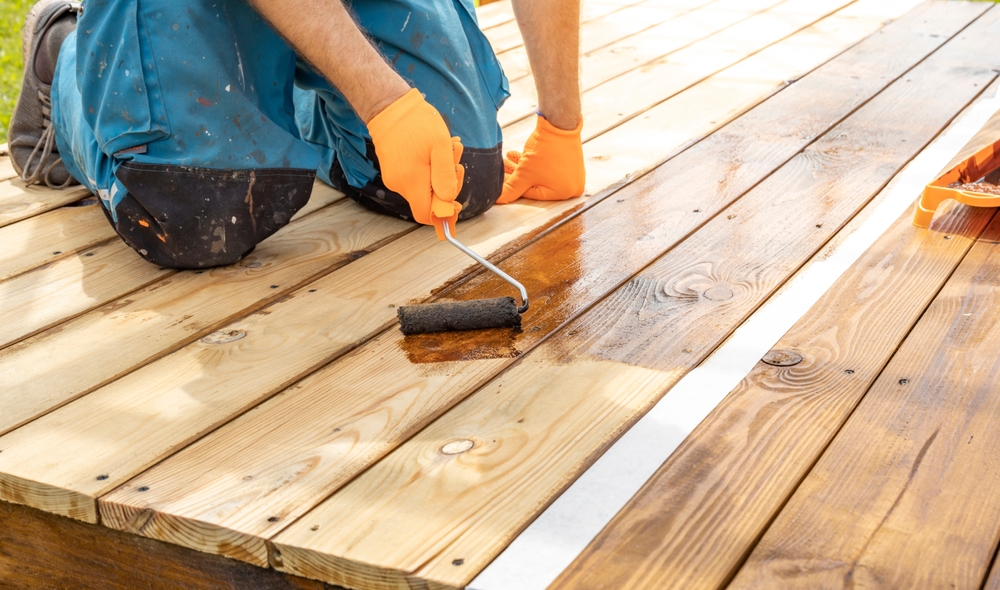Best Paint Stripper
Best Paint Stripper
Removing paint can be a tedious task. Luckily, paint strippers simplify this process dramatically. Various factors can influence your choice in paint strippers, including the type of paint, the surface material, and environmental considerations.
Types of Paint Strippers
There are several main categories of paint strippers, each with its own unique properties.
- Solvent-based Strippers: These work by breaking down the bond between the paint and the surface. Effective on oil-based paints.
- Caustic Strippers: These contain lye and remove paint by converting it into a soap-like substance. Suitable for masonry and wood.
- Bio-based Strippers: Eco-friendly and less toxic, these use plant-based solvents. Good for indoor use.
Popular Brands
Several brands stand out in the market due to their effectiveness and safety.
- Citristrip: Known for its pleasant citrus smell and effectiveness on multiple layers of paint.
- MAX Strip: Water-based, non-toxic option that’s effective but slow-acting.
- Peel Away: A strong caustic stripper that comes with its neutralizer to clean up after use.
- Smart Strip: Bio-based and versatile. Works on a variety of surfaces.
Application Methods
How you apply the stripper can significantly affect the results.
- Brushing: Ideal for small or intricate areas, ensuring even coverage.
- Spraying: Suitable for large surfaces, providing quick application.
- Rolling: Offers uniform application for medium to large flat surfaces.
Preparation and Safety
Before you begin, it’s crucial to prepare the workspace and take necessary precautions.
- Ensure appropriate ventilation, especially for solvent-based strippers.
- Wear protective gear, including gloves, goggles, and a mask.
- Cover any areas you don’t want affected, like floors and adjacent surfaces, with plastic sheeting or drop cloths.
Cost Considerations
Prices for paint strippers vary widely based on the type and brand. Here are some cost points to consider:
- Budget Options: Generally, caustic and solvent-based strippers fall into this category.
- Mid-Range Options: These often include bio-based and low-toxicity strippers.
- Premium Options: Multi-functional and eco-friendly strippers typically fall here.
User Reviews and Effectiveness
Testimonials and user reviews can provide valuable insights into the effectiveness of each product.
- Citristrip: Users appreciate its lack of harsh fumes and effectiveness, but note it can be slow-acting.
- MAX Strip: Frequently praised for being non-toxic and safe for indoor use, though it requires patience to use.
- Peel Away: Known for its powerful action, but it demands careful handling and can damage some surfaces.
- Smart Strip: Gets high marks for versatility and environmental friendliness, though it might not be as fast as solvent-based options.
Environmental Impact
Choosing a paint stripper with a lower environmental impact is increasingly important.
- Solvent-based Strippers: Often harsher on the environment due to volatile organic compounds (VOCs).
- Bio-based Strippers: Tend to be eco-friendly, biodegradable, and less toxic.
- Caustic Strippers: Generally safe but require neutralization which can affect local water systems.
Performance on Different Surfaces
Paint strippers perform differently depending on the material they are applied to.
- Wood: Caustic or bio-based strippers are usually recommended to avoid damage.
- Metal: Solvent-based strippers are effective, but be cautious of rust formation after application.
- Masonry: Caustic strippers are generally effective but ensure you neutralize properly to avoid residue.
- Plastic: Opt for bio-based strippers to avoid dissolving the plastic itself.
DIY vs Professional Use
Consider whether the paint stripping task is suitable for a DIY approach or if it requires professional intervention.
- DIY: Most homeowner projects can be handled with off-the-shelf strippers, particularly for small areas.
- Professional: Large, complex projects, or those involving lead-based paint, may require experts for safety and effectiveness.
Stripping Indoors vs Outdoors
The environment in which you are working significantly influences the type of paint stripper you should choose.
- Indoors: Strippers with low or no VOCs are preferable to maintain air quality.
- Outdoors: Faster-acting and stronger strippers can be used since ventilation isn’t a concern.
Stripping Speed
How quickly a paint stripper works can be an important consideration.
- Fast-acting: Solvent-based and caustic strippers usually fall into this category, but they may require more protective measures.
- Slow-acting: Bio-based strippers often take longer but offer safer handling and fewer fumes.
Neutralization and Clean-up
Equally important is the process to clean up after stripping the paint.
- Follow the manufacturer’s instructions for neutralizing the stripper, especially for caustic options.
- Wash the surface thoroughly to remove any residue.
- Allow sufficient drying time before repainting or applying any other finish.






